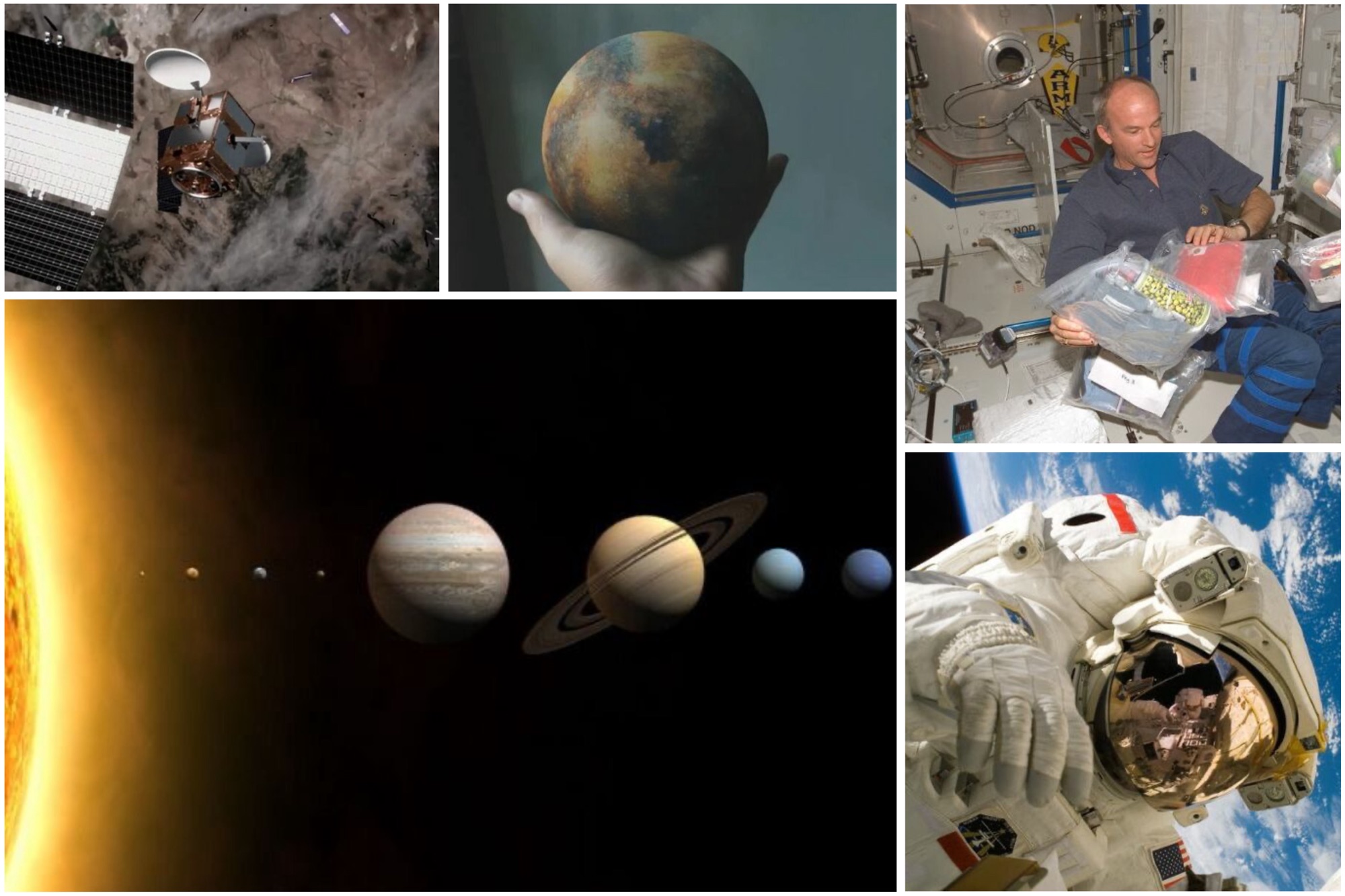Did you know that the International Space Station is constantly descending? And did you realize that we are currently cruising through space at an average velocity of 514,495 miles per hour?
Ancient cultures such as the Chinese and Greeks gazed up at the sky in wonder, trying to decipher what was happening up there. They made remarkable discoveries, but our efforts truly advanced in the twentieth and twenty-first centuries as technology evolved.
Today, we’ll explore some of the most significant discoveries and groundbreaking scientific advancements that have revealed our solar system to be even more impressive than we ever imagined.
Here are 20 Insanely Cool Facts About the Solar System.
20. Hubble Space Telescope
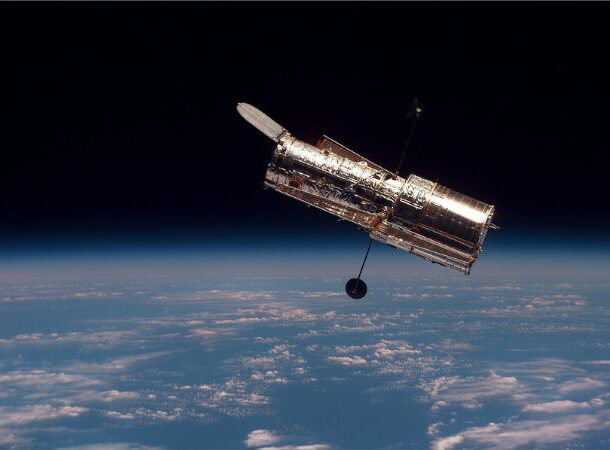
The Hubble Space Telescope has become one of the world’s busiest telescopes. Despite being the size of a school bus, it has observed regions more than 13.4 billion light years away, capturing light from the cosmos as it existed 13.4 billion years ago.
Hubble’s low-Earth orbit, where it travels at 17,000 miles per hour, keeps it within a safe and accessible range for astronauts. They have used the space shuttle on multiple occasions to visit the telescope for repairs and upgrades over the years.
Currently, Hubble orbits 326 miles above the Earth’s surface.
19. Space Junk Can Move At More Than 17,500mph

The US Air Force has been monitoring and tracking space junk since the 1980s with a dedicated team. They are currently tracking more than 47,000 objects as large as a hand and over 600,000 objects the size of marbles, with these numbers increasing daily.
Each of these objects hurtles through space at speeds of 17,500 mph (28,000 km/h). A collision with any of them—whether with a spacecraft, debris, or the ISS—would be catastrophic. Even a tiny piece of metal, just 1/32 of an inch, could cause substantial damage to spacecraft or be fatal to a crew member during a spacewalk.
18. Pluto’s Heart
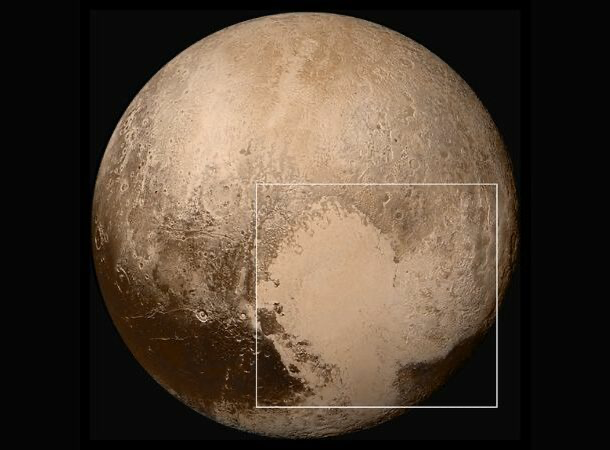
We launched the New Horizons space probe on January 19, 2006. It was the first spacecraft to explore Pluto and the Kuiper Belt up close, providing us with images of the dwarf planet beyond our wildest dreams. Among these was Pluto’s Heart—a surprisingly smooth, crater-free plain.
Astronomers believe this “very young” region was active within the last 100 million years—a blink of an eye in celestial terms.
Pluto’s frozen plains are full of planetary oddities. Some areas resemble cracked mudflats, while others are unusually hilly. Troughs run through the terrain, with a dark substance oozing from beneath to fill the seams.
So, what’s the deal with Pluto’s terrain? We’re not entirely sure yet. It could be due to convection or a contracting crust. Pluto’s surface might be cracking and chipping under the pressures of shifting materials, similar to dry paint.
17. A Block Of Lead On Venus Would Melt Like A Block Of Ice On Earth
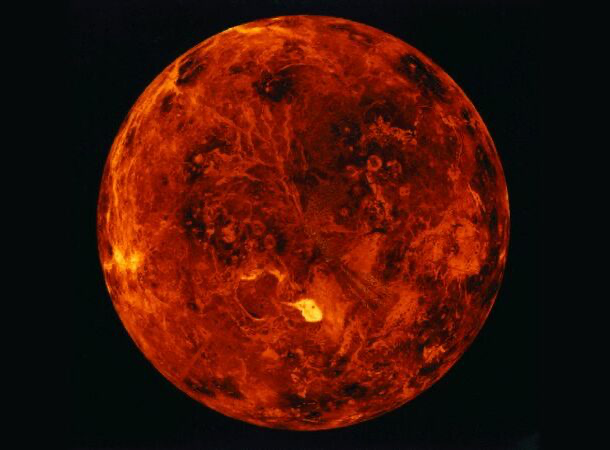
That’s the truth. Venus’ surface is hot enough to melt lead and has sulfuric acid clouds at 860 degrees Fahrenheit (460 degrees Celsius).
However, Venus may have once been capable of supporting life. Over 4 billion years ago, Venus had oceans and maintained water for more than 2 billion years. Today, Venus is extremely dry, with very little water vapor remaining, most of it having been destroyed by the Sun’s solar wind.
16. It Takes Sunlight About 8 Minutes To Reach The Earth

The energy in the sunlight we see today was created in the Sun’s core 30,000 years ago, meaning the light we see now is 30,000 years old! Imagine that. After leaving the Sun’s core, this light spent most of its time passing through the dense atoms that make up the Sun. Once it finally exited the Sun, it took only 8 minutes and 20 seconds to reach us.
15. It Would Take 177 Years To Drive To The Sun
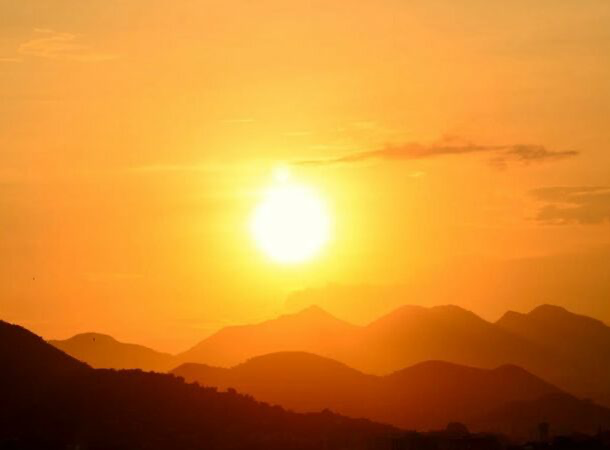
Not that we’d live long enough to actually try it, but if you decided to drive a car to the Sun at 60 miles per hour, it would take over 177 years to complete the journey. If you chose to fly, it would take about 19 years to reach the Sun by plane. Alternatively, you could walk there, and if you maintained a steady pace of 3 mph (4.8 kph), it would take approximately 3,536 years.
14. The International Space Station (ISS) Is Falling
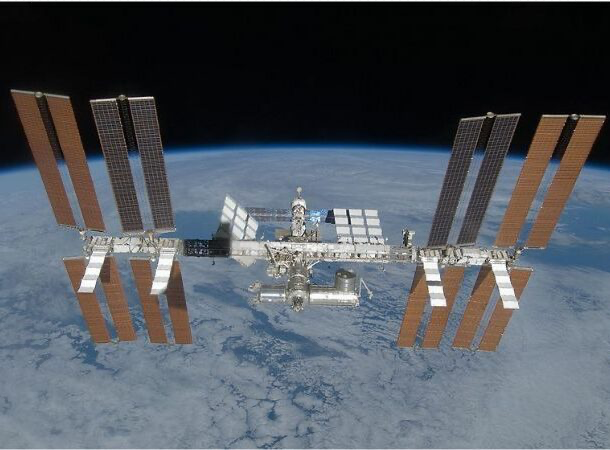
Contrary to popular belief, gravity exists in space. The International Space Station (ISS) orbits between 200 and 250 miles above the Earth, where gravity is approximately 90% of what it is on the surface. This gravitational pull is enough to bring the ISS crashing down to Earth. So, what’s keeping it from falling?
Actually, it IS falling. However, it doesn’t crash into Earth because its forward velocity is nearly equal to the rate at which it falls, causing it to continuously fall along the Earth’s curve. Essentially, the ISS is falling around the Earth, and the same principle applies to the Moon.
This continuous free-fall is why astronauts on board the ISS appear weightless despite the presence of gravity. They aren’t pulled in any particular direction because the velocity at which the ISS falls matches its orbital speed around Earth, causing them to float. How cool is that?
13. We’ve Sent Messages Into Space For Extraterrestrial Civilizations
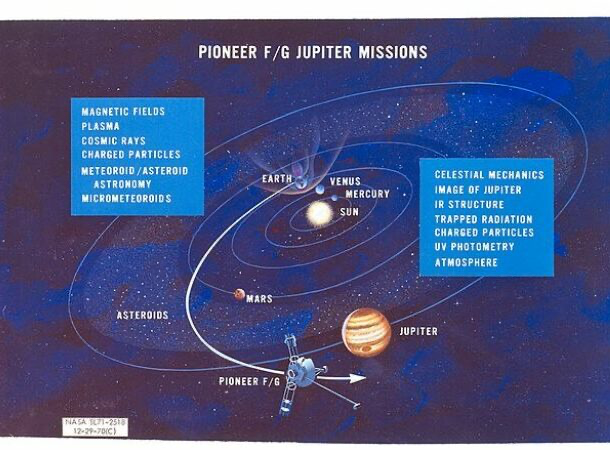
While I did start by mentioning our significant technological advancements, I did not imply that we have become smarter over the past century or so.
In the early 1970s, NASA launched the Pioneer 10 and 11 missions to explore the outer reaches of our solar system. Along with scientific instruments, these spacecraft carried a message intended for any extraterrestrials they might encounter. The Pioneer Plaque featured diagrams of the universe, a schematic of hydrogen, and, interestingly, images of naked humans—why they thought this was a good idea is beyond me. Identical plaques were attached to both spacecraft.
The trend of extraterrestrial communication continued in 1977 with NASA’s Voyager 1 and 2 probes. These carried gold-plated gramophone records, 12 inches in diameter, which encoded sounds of nature, various languages, diverse images, and music to represent the essence of Earth. The records’ covers included many of the same images as the Pioneer Plaque, but NASA decided to omit the nude figures this time, as they had caused quite a bit of controversy previously.
12. Planets Are Made Of Rock or Gas
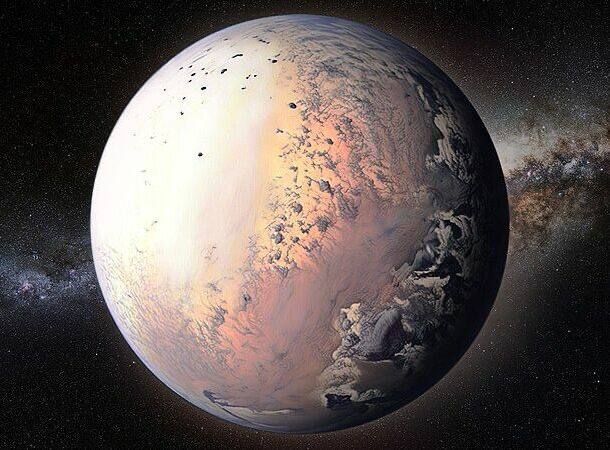
Terrestrial planets, as you might have guessed, are composed of rock or metals and possess a solid surface – meaning we could theoretically land on them. Mercury, Venus, Earth, and Mars all fall into this category.
Gas giants, on the other hand, are composed entirely of gas. No matter how determined we are, attempting to land on one of these would result in sinking into the planet. We would likely be crushed by immense pressure as we descend towards their magnetic cores, assuming we aren’t torn apart by hurricane-force winds first (a common feature). The gas giants include Jupiter, Saturn, Uranus, and Neptune.
Scientists also propose a potential third type of planet: a Chthonian (k-thone-ian) planet. This would be the remnant core of a gas giant that ventured too close to its sun, causing its atmosphere to evaporate and leaving only the core exposed to the cosmos. However, we have yet to discover such a planet, so for now, it remains a theoretical concept.
11. The Stars Are (probably) Uncountable
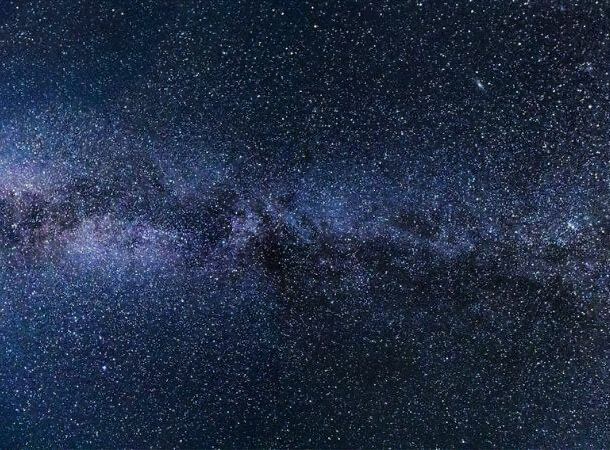
According to NASA, there are an unfathomable number of stars in the universe. And no, “zillion” isn’t just a playful term; it’s actually used to refer to any uncountable amount. Who knew?
However, according to other experts in star counting (isn’t that a fun title?), there could be around 3 thousand million billion stars. That’s a 30 followed by 15 zeros!
10. Neutron Stars Are Spinning At Incredible Speeds
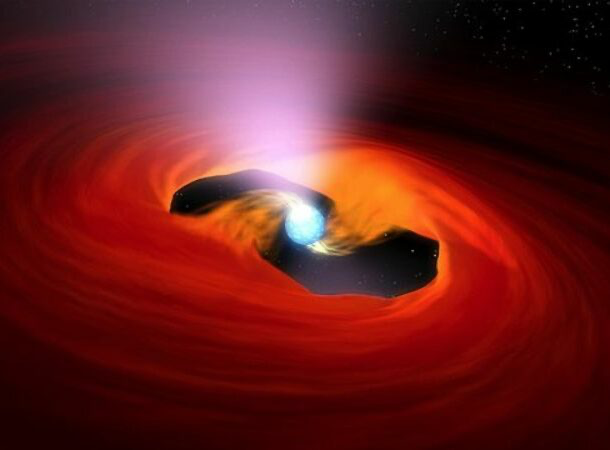
A neutron star is what remains after a star goes supernova. These remnants are incredibly small and dense neutron balls that are truly remarkable. When neutron stars are born, they can rotate at least 60 times per second, and their rotation rate can exceed 600 times per second if they are part of a binary system.
Due to their extreme density, any atoms that come into contact with a neutron star are torn apart almost instantly. The remaining subatomic particles are then dispersed and “rearranged” into neutrons. This process releases so much energy that a collision between a neutron star and a relatively small asteroid would produce a gamma-ray explosion more powerful than all the energy our sun will emit over its lifetime. Consequently, any neutron star that approaches our solar system poses a real danger of causing lethal radiation damage to the Earth.
09. It’s Hard To Define A Planet
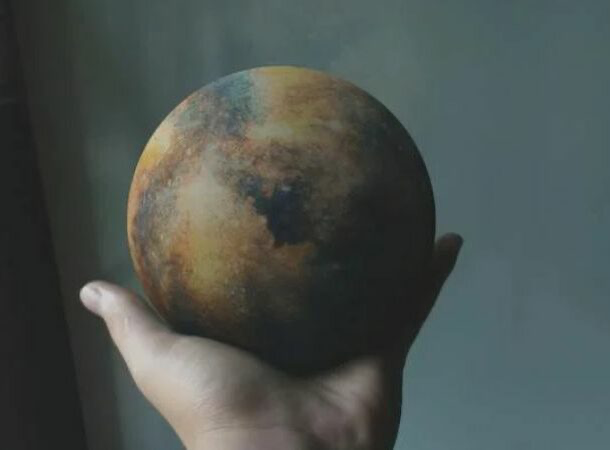
It might be hard to believe, but our brightest minds can’t agree on the definition of a planet. According to the current criteria, a celestial body can only be considered a planet if it:
- Orbits the sun
- Is spherical
- Has cleared its orbit of other bodies
The problem is that these definitions need to be broadly applied, leading to a significant divide in the field of astronomy. One proposed idea is to define a planet simply as a natural object in space with enough mass to make it roughly spherical. However, this simple definition does not specify the degree of roundness required for an object to be considered round. While the criteria will likely be updated in the future, thousands of IAU members remain dissatisfied with the current definition.
08. The Solar System’s Tail
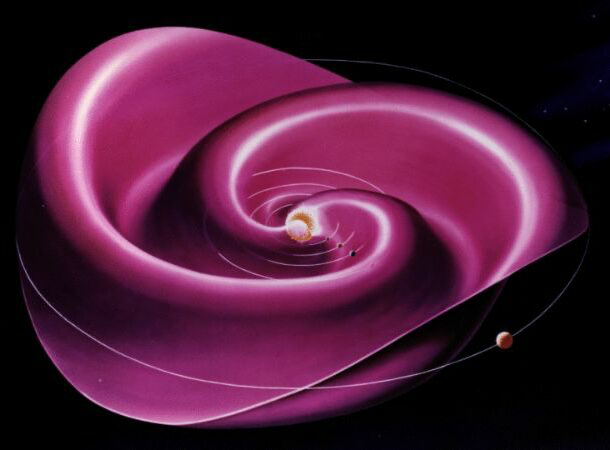
If it was hard to wrap your head around our last item, the next one will blow your mind. A decade ago, in 2013, NASA revealed that one of its missions had successfully mapped our solar system’s tail, which surprisingly resembled a four-leaf clover.
This “heliotail” is composed of neutral particles that cannot be detected using traditional methods. Specialized instruments were needed to image these particles, and scientists then assembled the individual images to create a comprehensive picture.
The resulting image showed that our solar system’s heliotail extends more than 8 billion miles (13 billion kilometers) beyond the most distant planets, with fierce winds causing material to stream in all directions at speeds exceeding 1.6 million kph (1 million mph).
07. We Are Moving Through Space At Hundreds Of Thousands Of Miles Per Hour
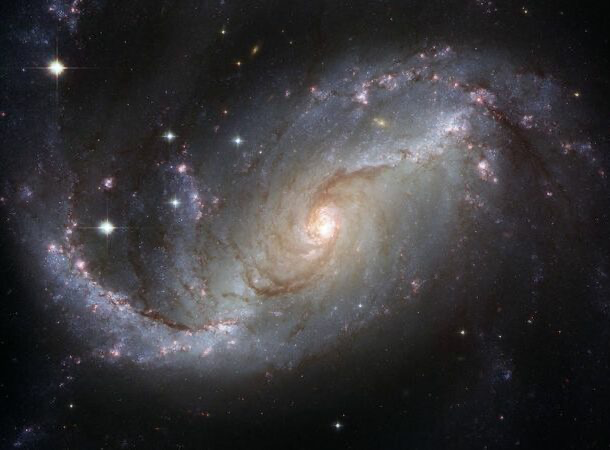
We live in a universe that embodies a living contradiction between speed and atrophy. Despite taking billions of years for our solar system to reach this moment in time, it currently travels around the Milky Way Galaxy at 514,495 mph (828,000 kph). Every second of every day. And somehow, it all holds together.
That’s mind-boggling!
Even at that incredible speed, it still takes 230 million years to complete a single orbit around the Milky Way.
06. Space Cuisine
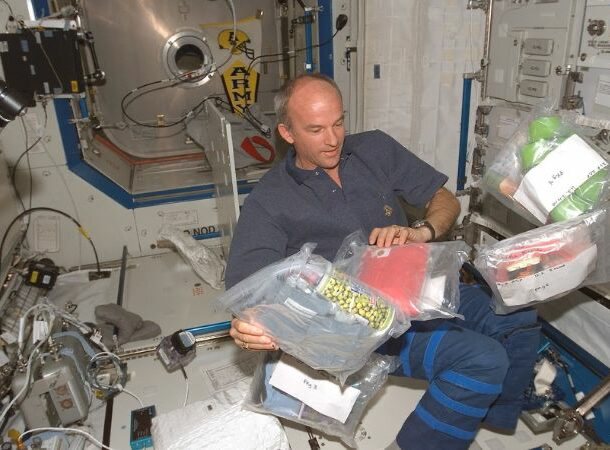
Food on early NASA space missions was bland and tasteless, leaving astronauts craving something more. In fact, a corned beef sandwich once made it onto a flight, but it turned out to be a very bad idea as it fell apart in space, filling the cabin with crumbs.
Today, fresh fruit, water, and pre-packaged meals are sent to the ISS via automated spacecraft, providing astronauts with just about everything they desire.
05. The Moon Is Lemon-Shaped
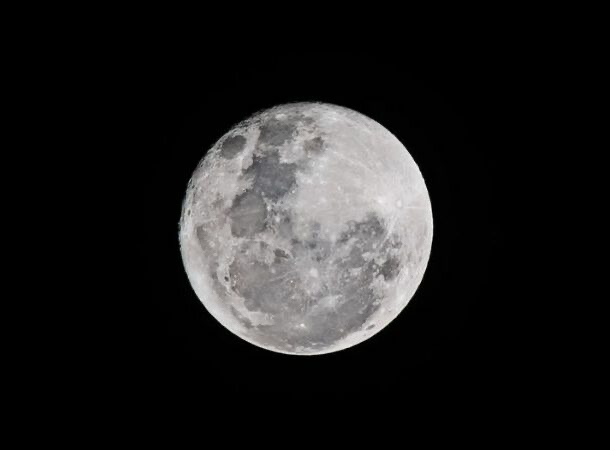
Did you know that the moon is shaped like a lemon? It’s not round at all. Most moons and planets form from revolving magma orbs, resulting in their spheroidal shapes.
Scientists believe our moon was created when an object roughly the size of Mars collided with the newborn Earth, ejecting hot material into space. Given this origin, the moon should be round, yet it has strange bulges on its sides, which remains a mystery.
These bulges are thought to have formed before the moon’s 200 millionth birthday, when Earth’s gravity pulled on the moon’s magma, causing the crust to bulge at the points closest to and farthest from Earth.
04. Leave Your Socks, Bring A Hat
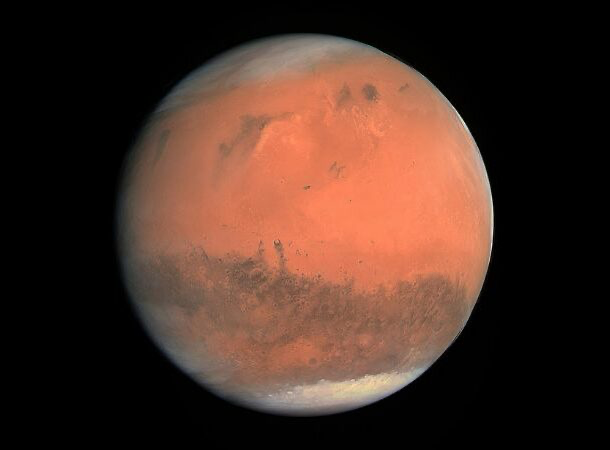
Mars, like Earth, experiences four seasons. However, unlike Earth’s evenly distributed three-month seasons, the length of Martian seasons varies depending on the hemisphere.
To put it in context, a Martian year is 668.59 sols, which is close to 687 Earth days, nearly twice as long as an Earth year. In the northern hemisphere of Mars, spring lasts seven Earth months, summer six Earth months, fall 5.3 Earth months, and winter just over four Earth months.
Due to Mars’ thin atmosphere, the Sun’s heat escapes easily. So, if you were near Mars’ equator at noon, it would be spring at your feet (around 75 degrees Fahrenheit) and winter at your head (32 degrees Fahrenheit).
03. Will Saturn Actually Float In Water?
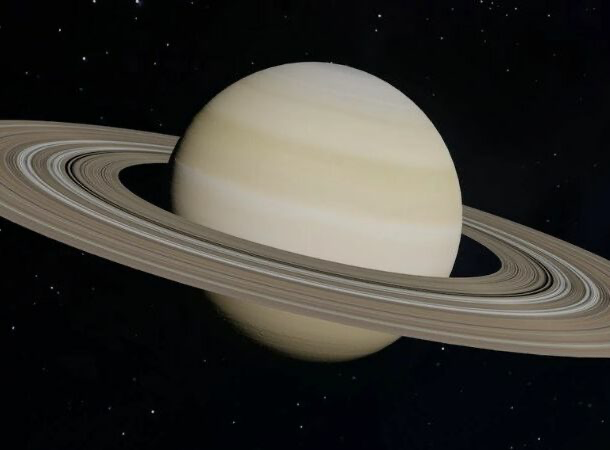
Saturn has such a low density that if you could place it in a large enough glass of water, it would float. Saturn’s density is 0.687 g/cm³, compared to water’s density of 0.998 g/cm³.
Given Saturn’s radius of 36,183.7 miles, you’d need an enormous glass of water to test this out!
02. Allergy Symptoms In Space
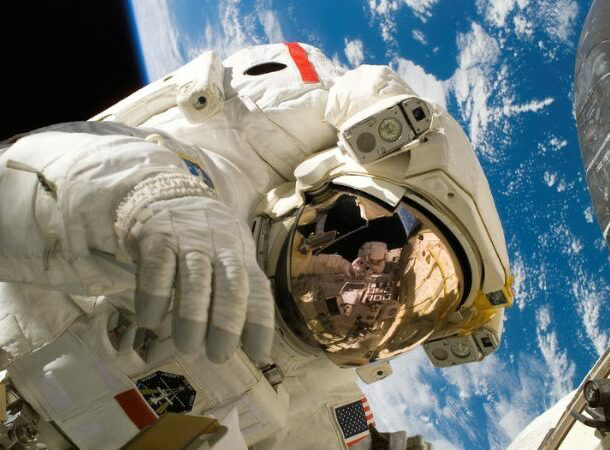
You might think astronauts would be free from allergy symptoms in space, given the clean air they breathe. However, many actually experience worsening symptoms.
New research reveals that cell activity changes in space, especially during long missions. Combined with the effects of weightlessness and the emotional strain of space travel, this may explain why some astronauts have increased allergy symptoms.
1. We’ve Sent Spacecraft To Every Planet In The Solar System
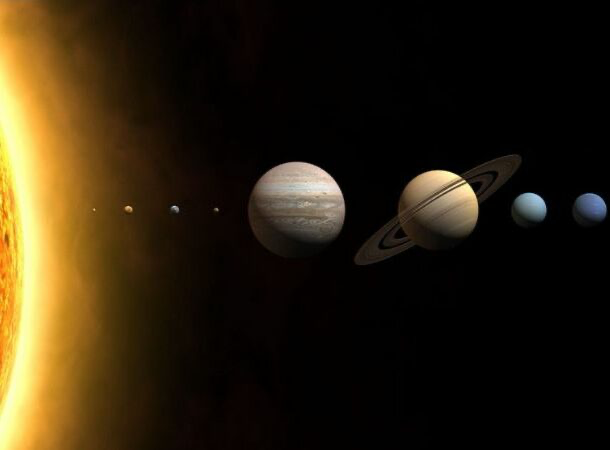
I would have loved to see humans set foot on other planets in my lifetime. Mars might still be a possibility, so let’s wait and see. We might make it yet, right?
While humans have only walked on Earth and its moon, robotic spacecraft have visited all the planets in our solar system. And we didn’t stop there—our spacecraft have also landed on several comets, asteroids, and dwarf planets.
In fact, some of these celestial bodies have been visited more than once. So it’s a case of “so near, yet so far” until we make further technological advances.
